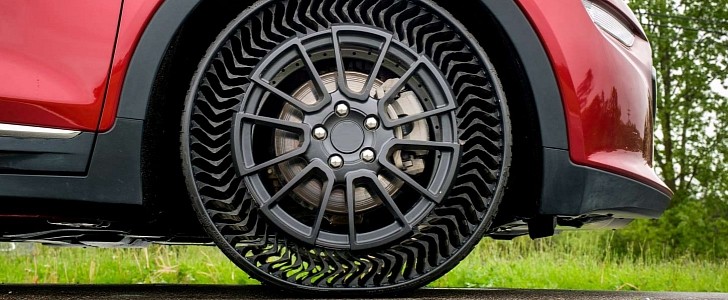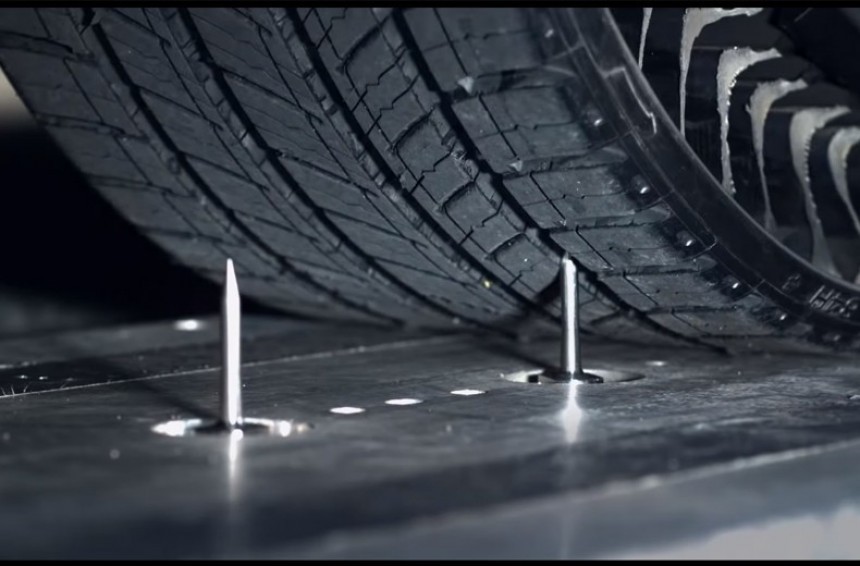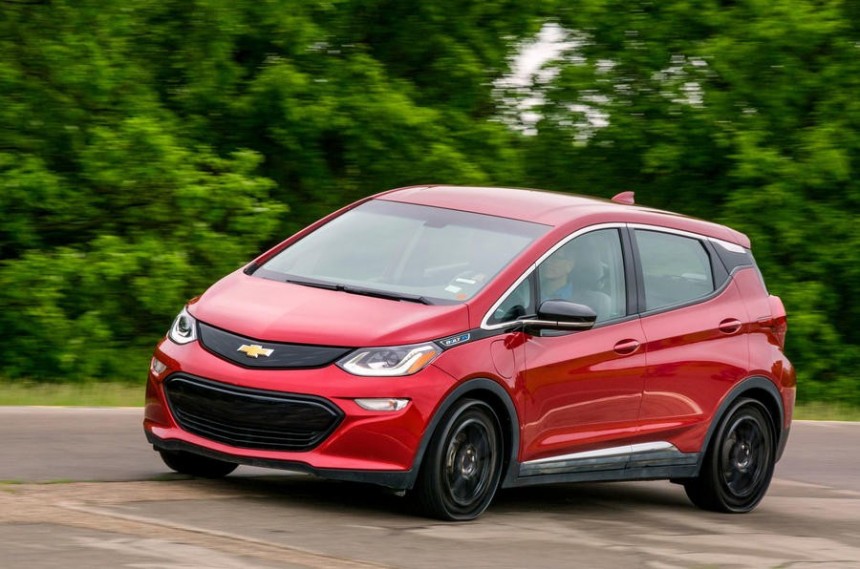Non-Pneumatic Tires or NPTs, are not a new idea, but Michelin and General Motors have teamed up to push this technology further and seem to be leading the way through effort and design to allow for consumer rollout by 2024.
Michelin has a history with this technology. The Tweel series was launched in 2005 and seems to be doing a pretty good job with its applications in ATV’s, UTV’s and construction grade vehicles. But that’s just part of the market available.
Where does that leave the daily consumer? Where does that leave the huge untapped market available for this type of technology?
Well, just right there, untapped, and Michelin and other industry leaders know this. But it’s the Uptis that seems to be the most promising in meeting this need.
Since their development in the 1800s, pneumatic tires have functioned on the same basic principle, air. And we all know how balloons work. Advancements have been made in terms of materials and construction of pneumatic tires, but the overall system has remained the same. The down-sides of which include punctures, flats, blowouts, and uneven wear.
Another issue with a pneumatic tire system is the operator. We usually just get into our car and go. Most of us don’t regularly check tire pressure or wear, and that’s why we now have systems that do it for us.
The airless Uptis promises to eliminate all that. And then some.
No air means no blowouts. No air means no punctures, no flats, no uneven wear. Even tire-monitoring systems will no longer be needed because there is nothing to monitor. This time you can really just get in and go.
Another benefit of the Uptis is the lateral stability of the tire. There is nothing to warp or anything that can bulge during turns. There is no expansion of the contact patch of your tire. This offers a steadier ride on bumpy or uneven terrain and also allows for greater control at greater speeds and temperatures.
Now, don’t think that this tech is perfect. It’s not quite fault-proof yet. A recurring issue with NPTs is that they seem to store up heat, and because of the lack of air, seem to be more rigid, thus offering less suspension that your average pneumatic tire. However, research into different materials and structures of the tires themselves has been done, and the Uptis is the best candidate right now.
The more prototypes we make, the better at solving the issues that arise during testing, and the better and more efficient we will become at producing them, thus lowering cost of materials, production time and waste by-product.
The advancement and incorporation of this technology into sports has also begun and some major manufacturers are applying this tech within diverse sports from cycling to Formula 1.
Other Industry leaders such as Hankook, Bridgestone, Sumimoto, and even the military have all had their eyes on this technology for some time now, but it’s Michelin and GM that seem to be putting the most effort into making their product available to the public market.
Where does that leave the daily consumer? Where does that leave the huge untapped market available for this type of technology?
Well, just right there, untapped, and Michelin and other industry leaders know this. But it’s the Uptis that seems to be the most promising in meeting this need.
Another issue with a pneumatic tire system is the operator. We usually just get into our car and go. Most of us don’t regularly check tire pressure or wear, and that’s why we now have systems that do it for us.
The airless Uptis promises to eliminate all that. And then some.
No air means no blowouts. No air means no punctures, no flats, no uneven wear. Even tire-monitoring systems will no longer be needed because there is nothing to monitor. This time you can really just get in and go.
Another benefit of the Uptis is the lateral stability of the tire. There is nothing to warp or anything that can bulge during turns. There is no expansion of the contact patch of your tire. This offers a steadier ride on bumpy or uneven terrain and also allows for greater control at greater speeds and temperatures.
The more prototypes we make, the better at solving the issues that arise during testing, and the better and more efficient we will become at producing them, thus lowering cost of materials, production time and waste by-product.
The advancement and incorporation of this technology into sports has also begun and some major manufacturers are applying this tech within diverse sports from cycling to Formula 1.
Other Industry leaders such as Hankook, Bridgestone, Sumimoto, and even the military have all had their eyes on this technology for some time now, but it’s Michelin and GM that seem to be putting the most effort into making their product available to the public market.










